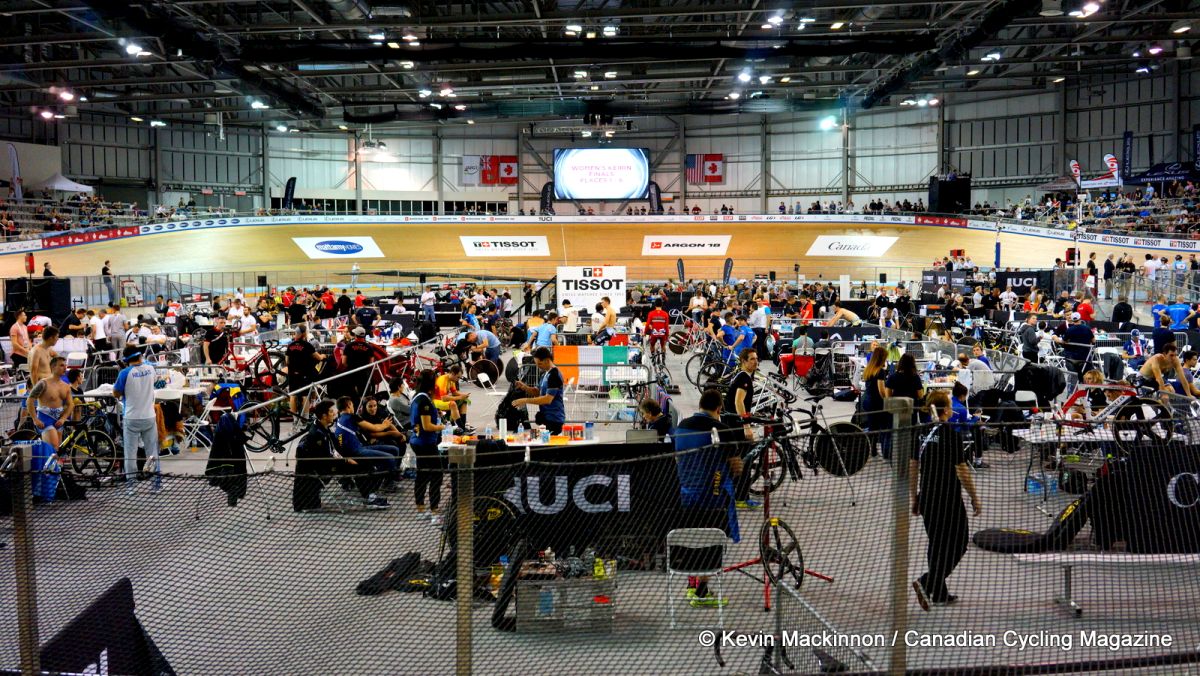Evidence does not support trans athlete bans according to new report
Canadian Centre for Ethics in Sport casts doubt on advantage of trans women who have suppressed testosterone
 Photo by:
Kevin Mackinnon
Photo by:
Kevin Mackinnon
A review of the available literature on transgender female athletes who have taken steps to reduce their testosterone concludes there is no legitimate basis for their being banned from elite competition. “Transgender Women Athletes and Elite Sport: A Scientific Review”, commissioned by the Canadian Centre for Ethics in Sport (CCES), considered English-language scientific studies with a biomedical or sociocultural slant, as well as some “grey” (non-academic) literature published between 2011 and 2021, and focused on the science of testosterone and its effect on sports performance.
The review’s authors report there’s no evidence that trans women retain a performance benefit after 12 months of testosterone suppression. However, CCES president and CEO Paul Melia underlined the need for further research while urging that trans female athletes be included and welcomed in women’s elite and high-performance sports until the evidence shows significant harm or lack of fairness to other participants.
The review points out that there is almost no research on the performance advantage held by trans female athletes over cisgender women (those whose gender identity conforms to their birth sex) before and after HRT (hormone replacement therapy); they are presumed to have an unfair performance advantage based on studies using cis men or sedentary trans women rather than trans women athletes, and therefore the findings cannot be used to justify banning them from elite sport.
The report’s first Key Biomedical Finding states that “Biological data are severely limited, and often methodologically flawed.” The second says that “Some significant studies [on the impact of testosterone suppression] used misleading data sources and actively ignored contradictory evidence.” The third states that the available evidence shows that “trans women who have undergone testosterone suppression have no clear biological advantages over cis women in elite sport.”
The review, which was carried out by E-Alliance, a research hub for gender equity in sport led by Dr. Gretchen Kerr of the University of Toronto and Dr. Ann Pegoraro of the University of Guelph, dealt only with male-to-female transgender athletes in any sport and cautions that the results may not be applicable to non-binary or intersex athletes.
Current inconsistent rules in flux
The International Olympic Committee’s current guidelines on transgender women athletes, which date from 2015, require them to have suppressed their testosterone to not more than 10 nanomoles per litre for at least 12 months before competing at the Olympic Games; previous to 2015, they were required to have had sex-reassignment surgery. There was some effort to tighten the rules going into the 2020 Games by scientists who claimed the current rules were too lenient, but discussions did not result in a new policy.
In June, the Union Cycliste Internationale (UCI) changed its rules governing the participation of transgender atheletes. Cycling’s governing body tightened rules, increasing the transition period on low testosterone from 12 to 24 months. In addition, the UCI has decided to lower the maximum permitted plasma testosterone level (currently 5 nmol/L) to 2.5 nmol/L.
That changed followed an incident in April in which an athlete was excluded from British track national championships in the days leading up to the competition. British Cycling’s policy on transgender athletes conflicted with the UCI’s and it was ultimately decided that the UCI’s rules excluding the athlete overruled British Cycling’s policy which would have allowed the athlete to participate.
After the incident, UCI President David Lappartient told the BBC that a coordinated action across sports is urgently needed in order to create clear and consistent rules well ahead of the next Olympic Games.
RELATED: One rider’s experience as a transgender cyclist in Canada
CCES’ executive summary of the report is available here.
This story originally appeared in Canadian Running Magazine.
